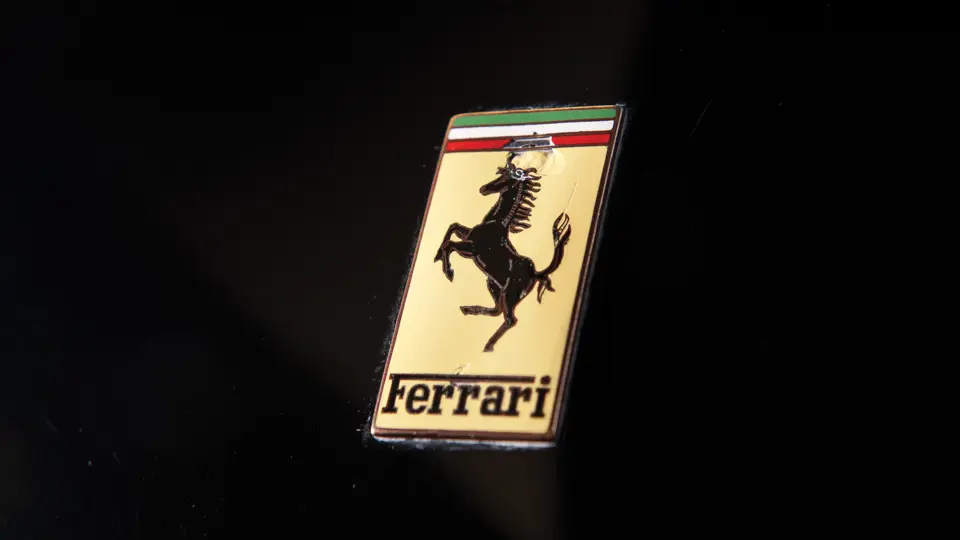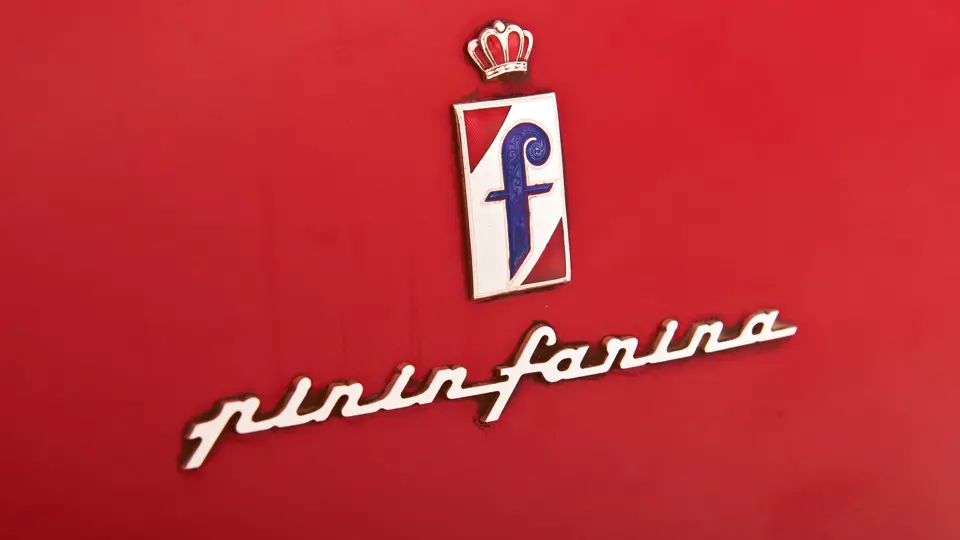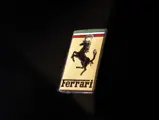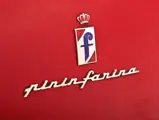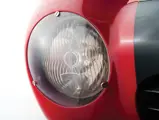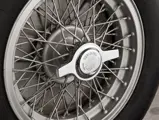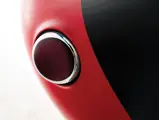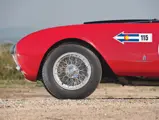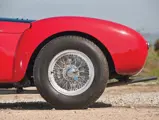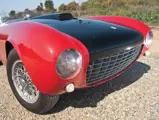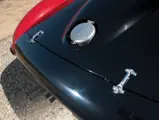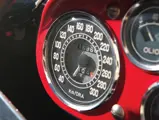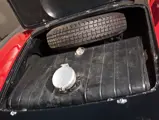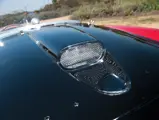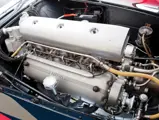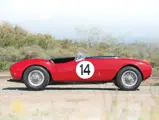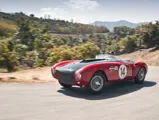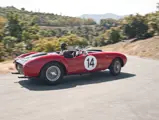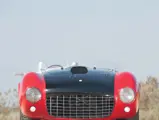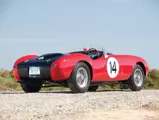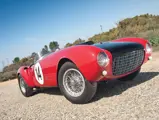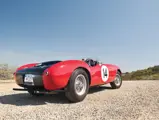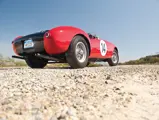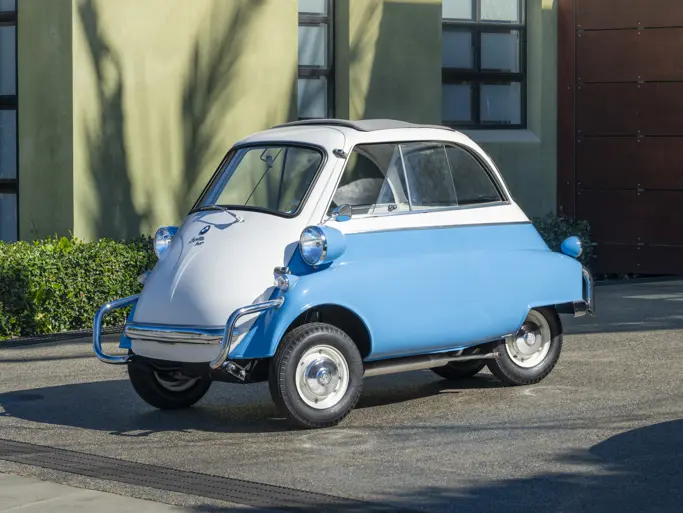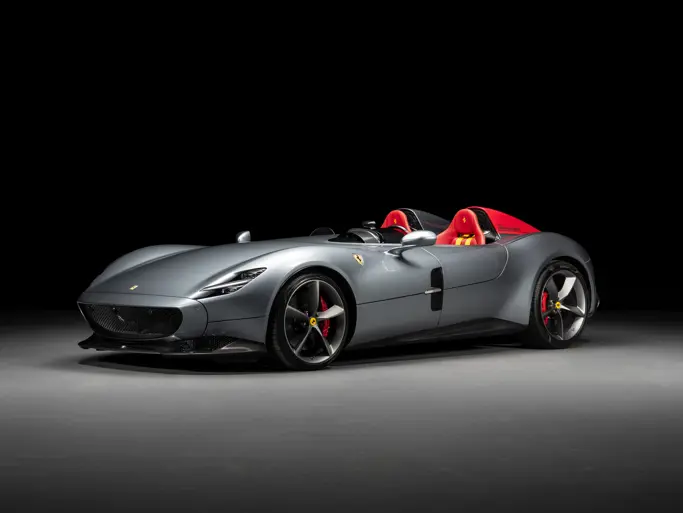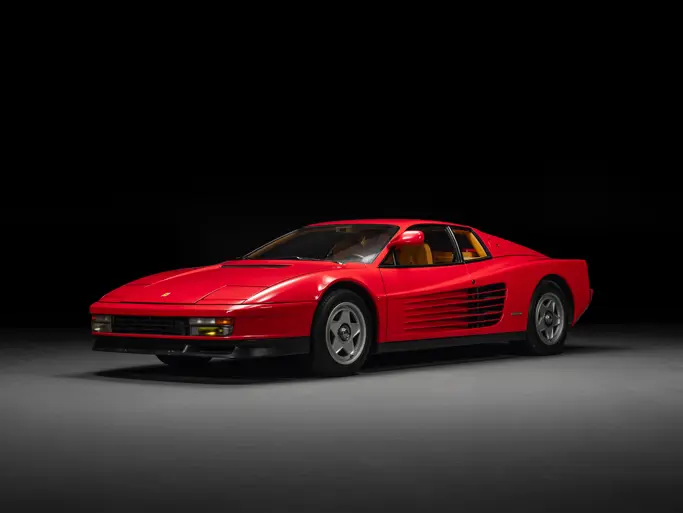340 hp, 4,522 cc SOHC V-12 engine, three Weber 40 mm 1F/4C carburettors, four-speed manual transmission, independent front suspension by double wishbone and coil springs, rear live axle with semi-elliptic leaf springs and trailing arms, four-wheel hydraulic drum brakes. Wheelbase: 2,640 mm (104")
• The second of only 15 Ferrari 375 MM spiders bodied by Pinin Farina
• Winner of two national championships in Argentina in 1954-55
• 18 podium finishes, including 11 wins, between 1954-57
• Discovered in Uruguay in 1983; restored in Italy 1984-86
• Two Mille Miglia Storicas and four Monterey Historics, four Colorado Grands
• Ex-Count Vittorio Zanon, Yoshiho Matsuda, John McCaw
The World Sports Car Championship was in its infancy in 1954, yet the characters, races and cars involved have become the stuff of automotive legend and racing fantasy. The world’s most famous drivers were bravely risking life and limb and travelling round the world to secure victory at the great racetracks and road courses, from Sebring and Le Mans to the Mille Miglia in Northern Italy and the Carrera Panamericana in Mexico. It was in these early, formative years that the great European sports car manufacturers competed head to head, not only with professional works drivers (many with Formula 1 experience) but also with countless privateers and self-financed gentlemen drivers who were pitted against the factory entries on the starting grids, and held their own.
The ‘54 season comprised six endurance races, contested by the likes of Jaguar’s C- and D-Types, Maserati’s A6GCS, Porsche’s 550 Spyder, Cunningham’s C-4R and Aston Martin’s DB3S. The Scuderia Ferrari won three of the six races that season, beginning with the 1000 Km of Buenos Aires on 24 January. The starting grid of this race read like a who’s-who of sports car racing: “Fon” de Portago in a Ferrari 250 MM, Maurice Trintignant, Louis Rosier, Roy Salvadori and the Americans Masten Gregory, Phil Hill and Carroll Shelby in an Allard, each of whom were early in their careers and had yet to make a start in Formula 1. Joining those sports car heavyweights were about 15 local Argentinean privateers, including the polo player Carlos Menditeguy and, in the case of the Ferrari offered here, José Maria Ibáñez, a 33-year-old with experience in racing Ferraris who enjoyed considerable success in 1953 with a Ferrari 225S Vignale Spyder as well as an Allard in a Buenos Aires event, setting fastest lap. Ibáñez started the year first in a Ferrari single-seater at Rio de Janeiro before he returned to Buenos Aires for the first race of the World Sports Car Championship, which took place at the two-year-old Autódromo 17 de Octubre in conjunction with a stretch of nearby highway.
The car he entered was a brand-new Ferrari 375 MM powered by Aurelio Lampredi’s Formula race-proven and very powerful 4.5-litre V-12 engine, which had been purchased new by Enrique Diaz Saenz Valiente, a fellow racing driver and competitive Argentinean sport shooter who won a silver medal at the Olympic Games in 1948. With top speed approaching a blinding 180 miles per hour, 0-100 mph in 11.5 seconds and a shiver-inducing exhaust note, this car demanded the highest driving skills. This 375 MM had been completed in December the previous year after Pinin Farina built the svelte sports racing body. Finished in the Argentinean colours of pale blue with a yellow stripe, the car was shipped to South America with 10 other Ferraris and 10 Maseratis with the identity of chassis number 0374 AM—a switch made by the factory from its originally designated 0362 AM to satisfy a client willing to pay for the car immediately. Such identity changes were not uncommon by the Ferrari factory for a variety of reasons, including tax savings. In fact, of the fifteen 375 MMs built, a remarkable four cars received different chassis numbers.
By the time the raced started, Ibáñez diced successfully with Nino Farina and Umberto Maglioli, in the winning factory 375 MM, and held his own against the Porsches, Maseratis and other Ferraris in the race. Unfortunately, on lap 11 of the race, his co-driver Ignacio Janices flipped 0374 AM at speed at the Avenida de la Paz roundabout, escaping injury. Despite this unsuccessful outing, it should be noted that Ibáñez returned to the same venue the following year, winning the race outright in a Ferrari 375 Plus.
Following the damage to 0374 AM, the Ferrari was repaired and repainted red with a black hood and white nose. Ibáñez entered two more races before Diaz Saenz Valiente got behind the wheel and, in testament to his tremendous skill, won seven races in the rest of 1954 and the Argentine Sports Car Championship. Diaz Saenz Valiente won the Argentine 500 Miles at Rafaela on 23 May, the Buenos Aires Autodrome Handicap on 27 June, the Gran Premio Inverno on 4 July, the 1st Gran Premio Independencia on 11 July and the 4th Gran Premio Bodas de Plate on 5 September—an extraordinary achievement for a Ferrari chassis that was less than one year old!
Diaz Saenz Valiente’s greatest victory, however, was in the Turismo Carretera road race, organised by the Tres Arroyos Club on 11 September. It was a rigorous 368-kilometre loop of paved and dirt roads, six hours south of Buenos Aires, that had to be covered twice. Juan Manuel Fangio excelled at this kind of stock car racing, and the club decided to admit a sports car class.
Diaz Saenz Valiente drove his race car the 1,168-kilometre round trip to the 736-kilometre race and won at an average speed of over 210 km/h. His time of three hours, 28 minutes and 24 seconds was 25 minutes ahead of the closest Turismo Carretera entry and his speed on the straights exceeded 275 km/h—this, in a sports racing car with a low-cut windscreen, minimal driver protection and a rip-snorting V-12 under the hood.
In an interview in El Grafico, he described how he had persuaded a friend to fly his plane in front of the Ferrari to frighten away birds, but the idea hadn’t worked, because his car was faster.
“During the first lap, I was passing the first control point at 245 km/h, and I found it difficult to see the instruments, because the car vibrated—and because I had my head in the wind. The birds proved quite a problem because at the high speed I was driving, I did not give them time to fly away, and I crashed into them. There were feathers all over, and the Ferrari finished the race with its bodywork full of dents”.
Saenz Valiente would drive s/n 0374 AM once more at the Buenos Aires Spring Races, which he won, then ordered a 375 Plus and sold s/n 0374 AM to Castro Cranwell. Cranwell resold the car to Cesar Rivero and Raul Najurieta, who would do most of the driving. Najurieta’s first race was against none other than Diaz Saenz Valiente in Buenos Aires and he finished second.
Najurieta and Rivero teamed up at the Buenos Aires 1000 Km on 23 January 1955 and finished second to Diaz Saenz Valiente again. Najurieta hit his stride, trading first and second places with Diaz Saenz Valiente through the rest of the season, finally winning the Argentinean championship, the second straight championship for s/n 0374 AM.
Najurieta could not repeat his success in 1956 and 1957, with one exception. He won the 500 Miles of Argentina at Rafaela in June 1956, with a plaster cast on his broken right leg. The car’s race history ended with a 1957 crash, and it was modified with an American V-8 for street use.
Discovered in Montevideo in 1983, s/n 0374 AM was shipped to Italy and bought by Count Vittorio Zanon di Valgiurata, then-president of the Italian A.S.I, who commissioned its restoration between 1984 and 1986. Zanon purchased a correct 375 MM engine, number 0376, from noted Ferrari historian Richard Merritt in Bethesda, Maryland and entered the car in the 1987 Mille Miglia Storica. He then sold the car to Giorgio Perfetti of Switzerland, who entered the 1988 Mille Miglia.
In August 1989, 0374 AM came to the U.S. before being acquired by noted collector Yoshiyuki Hayashi in Tokyo, and then Yoshiho Matsuda. Subsequent owner and Ferrari collector Chris Cox raced and showed the car between 1998 and 1999 at such venues as the Monterey Historic Races and the famed Cavallino Classic in Florida before its acquisition by yet another well-respected Ferrari collector, John McCaw. McCaw enjoyed the car on multiple driving events, having it overhauled and maintained mechanically by Ferrari specialists DK Engineering and John Pearson. Having since been refinished in red and black, the car was finally acquired by its present owner in 2006, a recognised Ferrari authority and enthusiast. Since that time, the car has proven to be an extraordinary event car, participating and successfully completing four Colorado Grand events. RM specialists can confirm the extraordinary performance and pavement-pounding acceleration of this race-bred 375 MM, as it wound its way through the sinuous Rockies. Its exhaust note is simply intoxicating, and the power from its 340-horsepower big block, triple four-barrel carburetted and magnetoed, racing Lampredi 12-cylinder engine is nothing short of spine-snapping.
For the dedicated vintage racer and rally event participant, the offering of 0374 AM is an opportunity not to be missed. It has been featured in numerous publications, from Classic & Sports Car to Cavallino, and is well documented with period images and an extensive history file. It is, of course, at its core a stunning example of Ferrari’s most potent model in 1953: an all-conquering sports racing car piloted in period by Argentina’s most successful gentlemen drivers with back-to-back Argentinean championships. The new owner now has the privilege of writing the next chapter of its glorious history, from the corkscrew at Laguna Seca to the starting grid in Brescia.




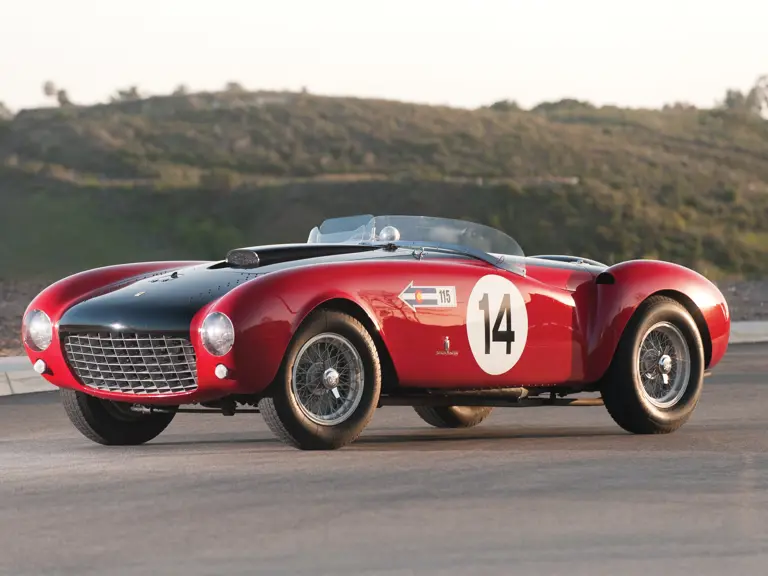
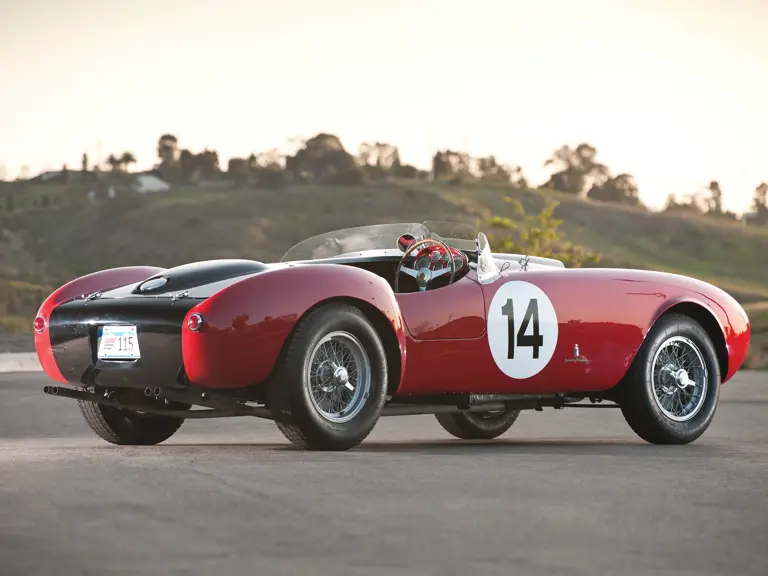
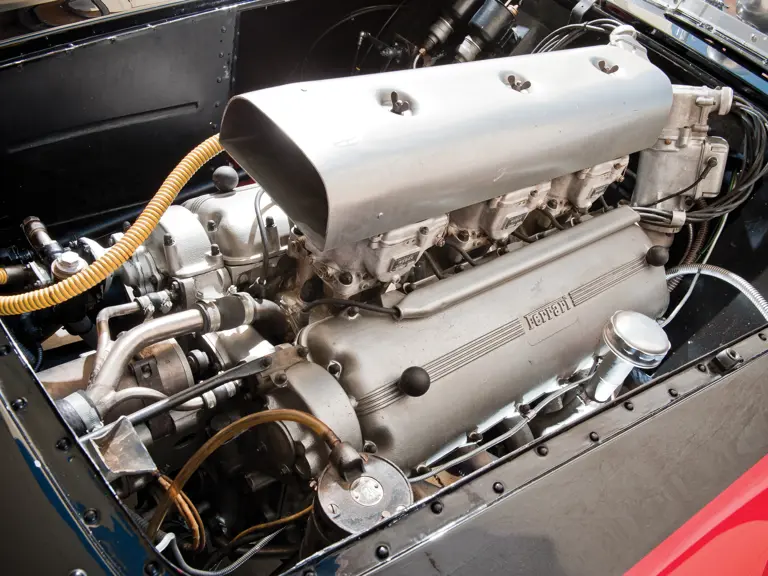
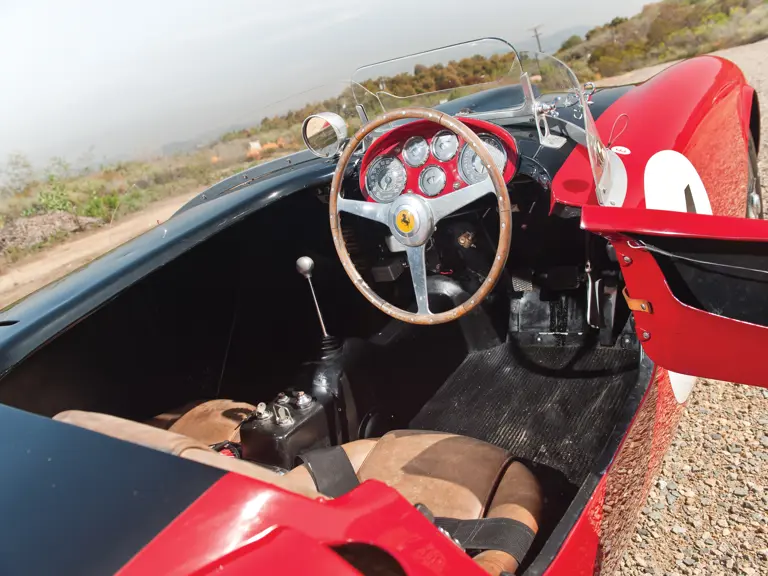
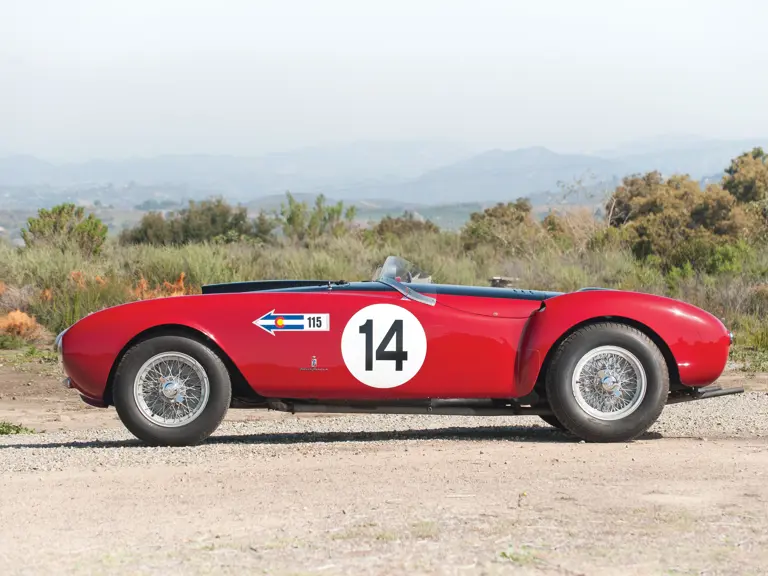
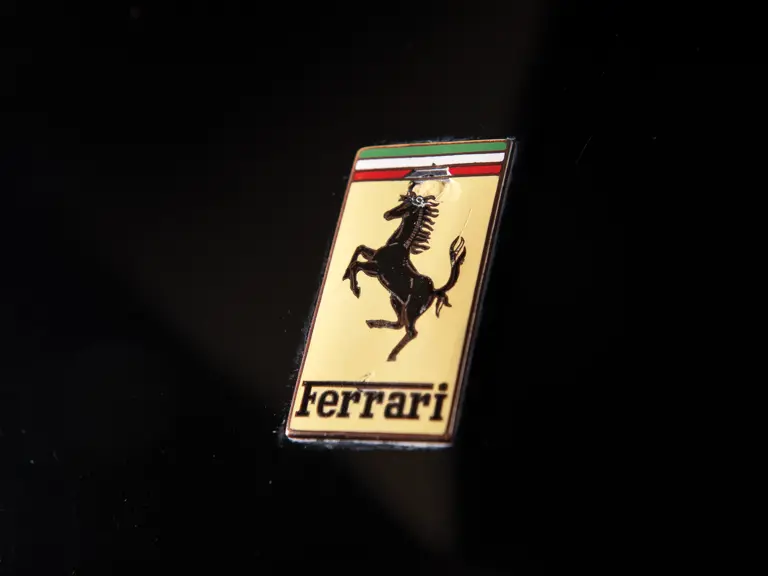
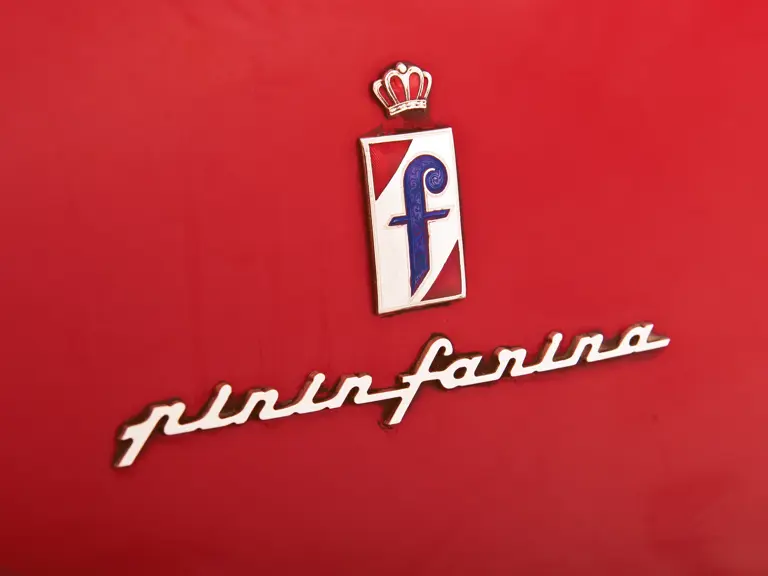

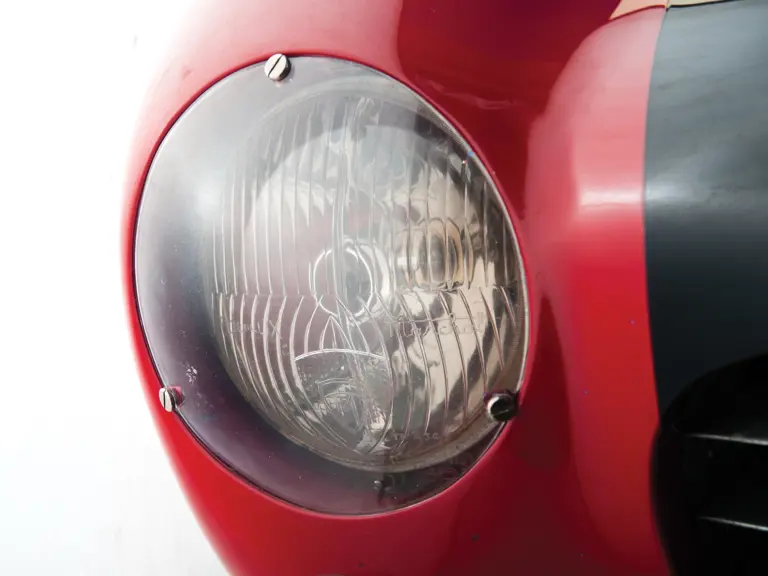
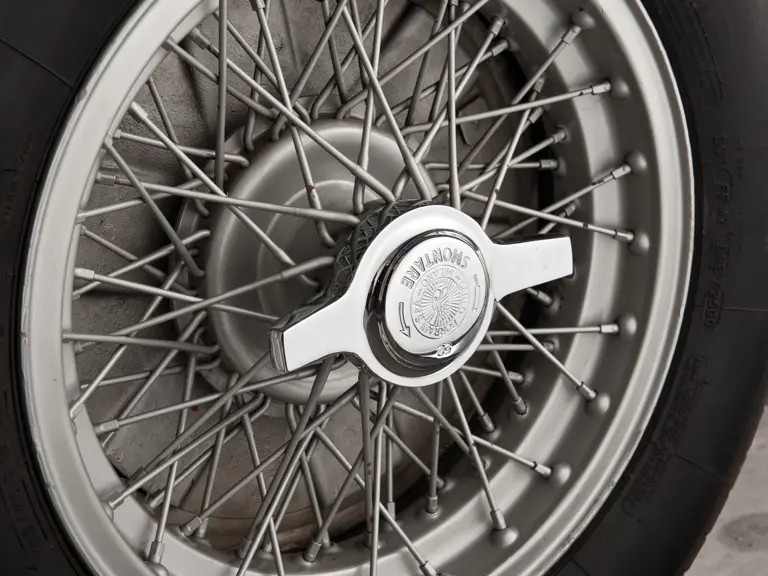
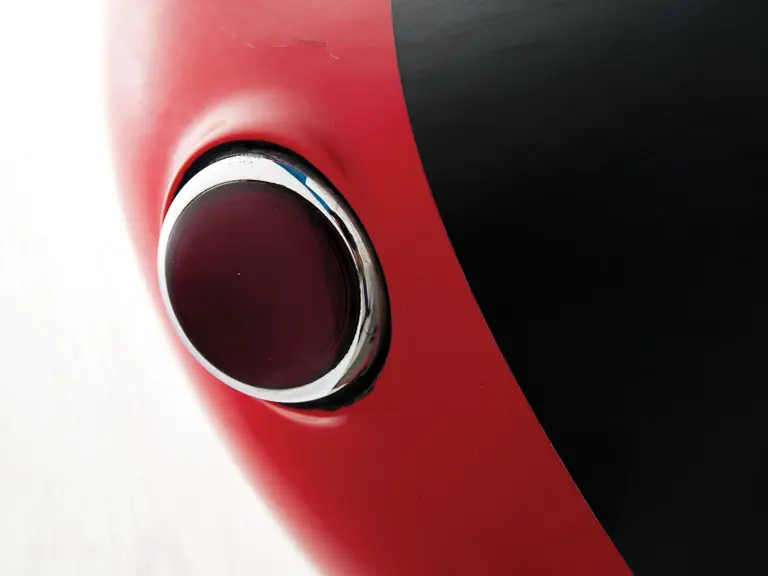

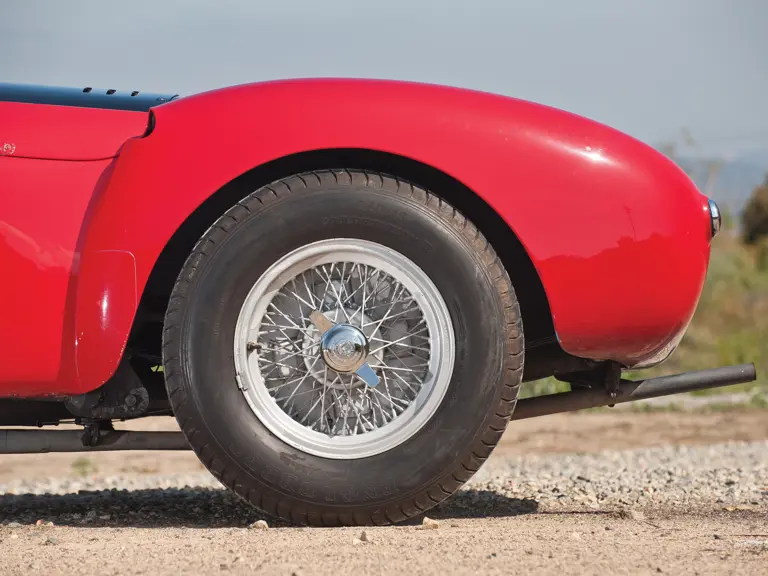
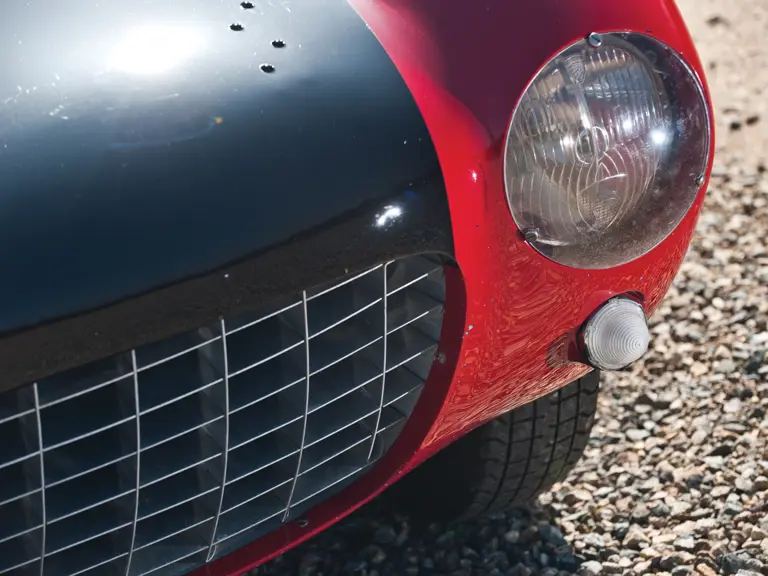
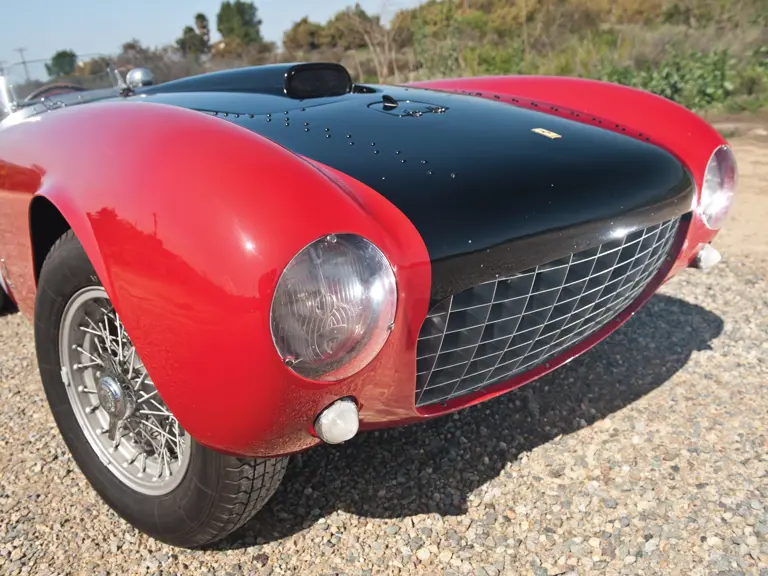
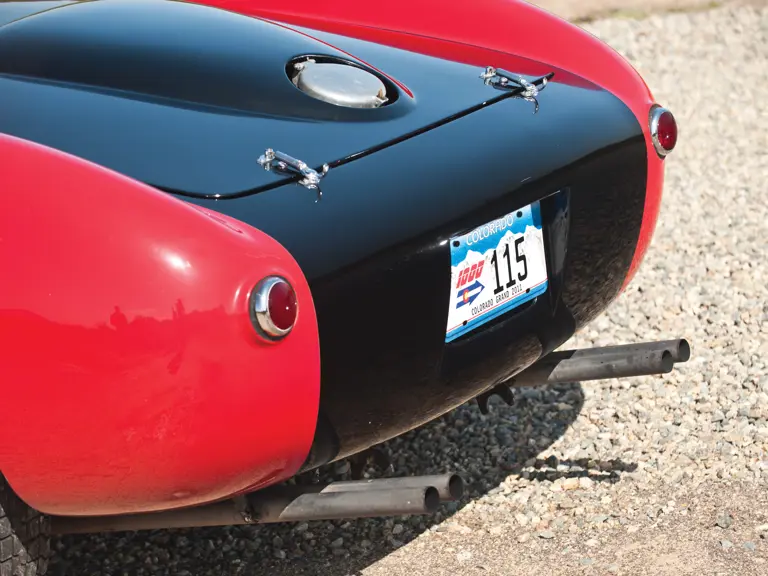
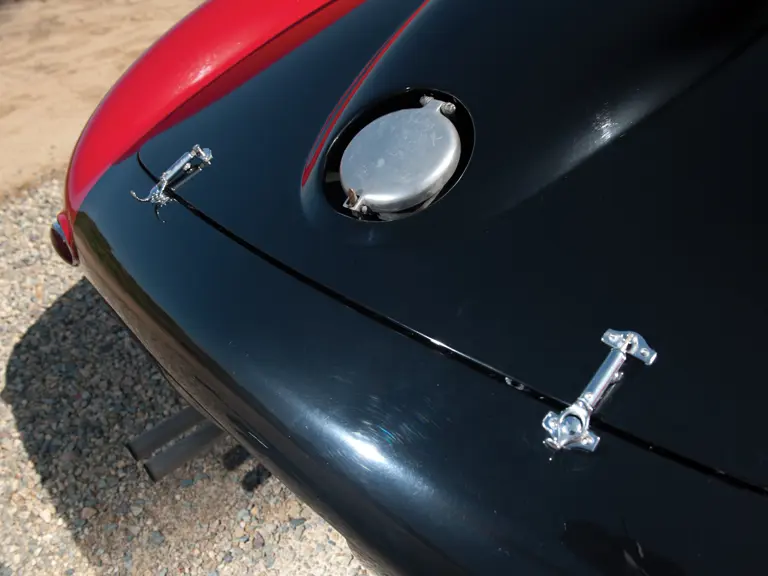
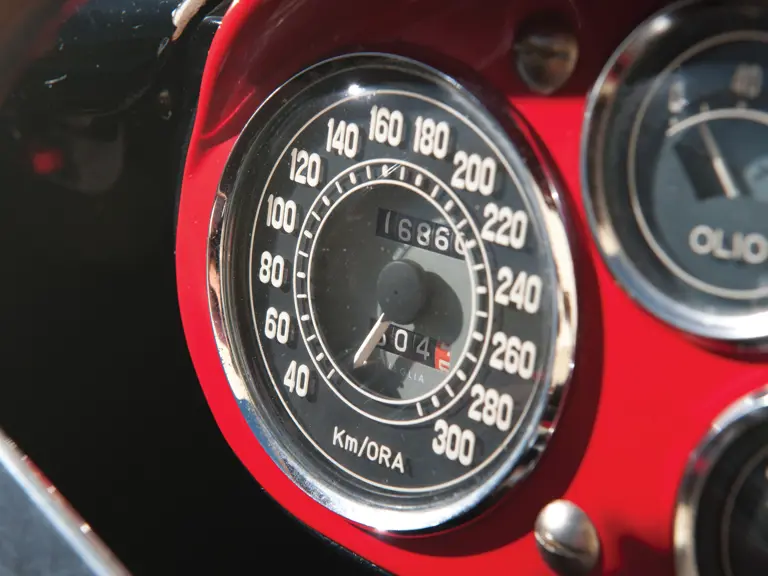
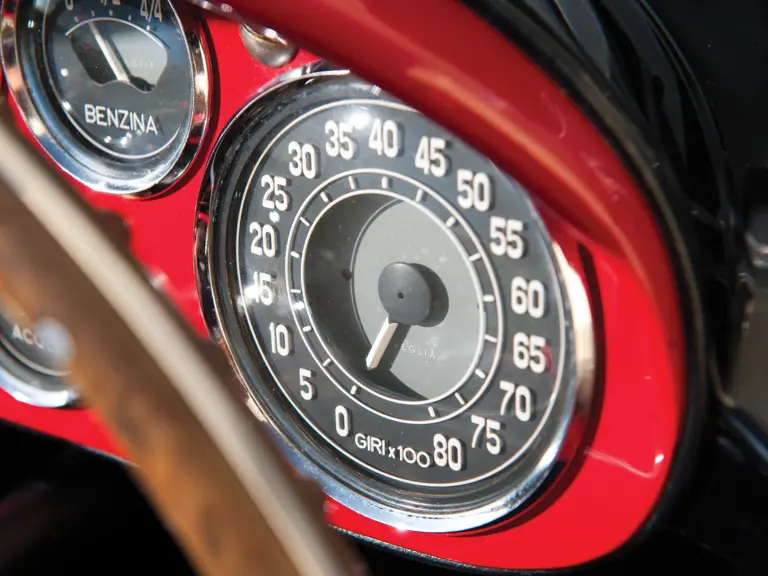

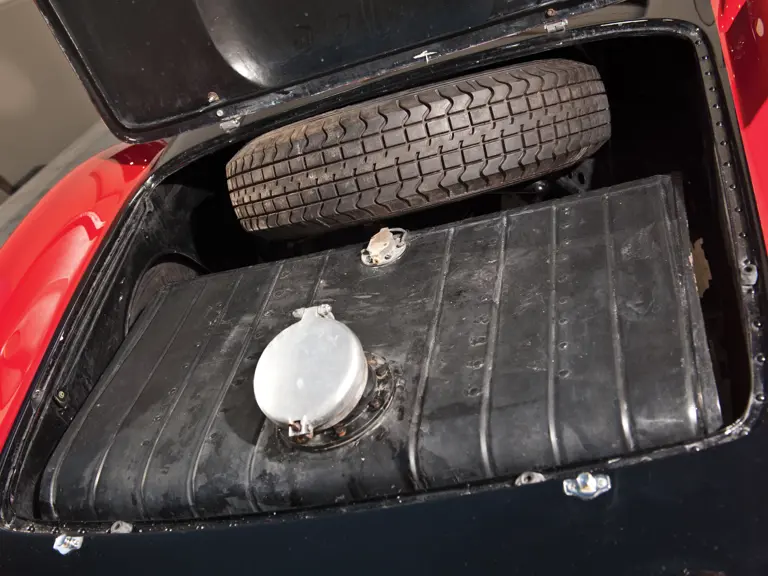
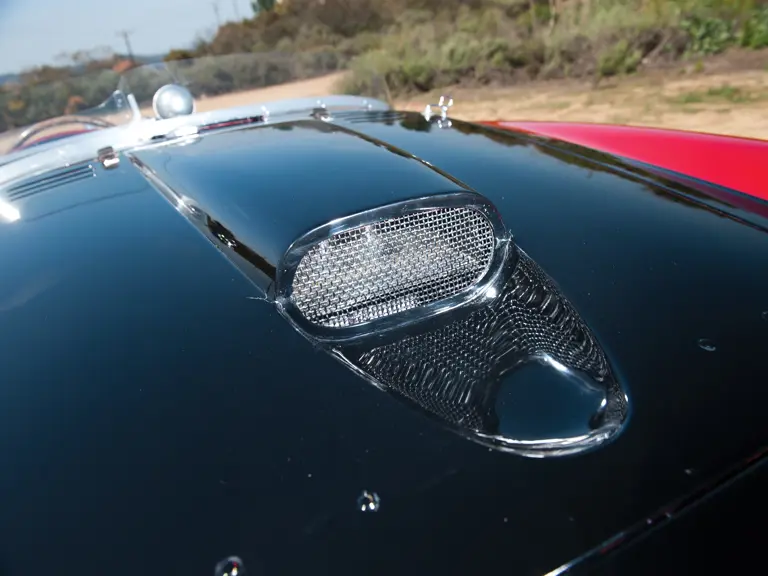
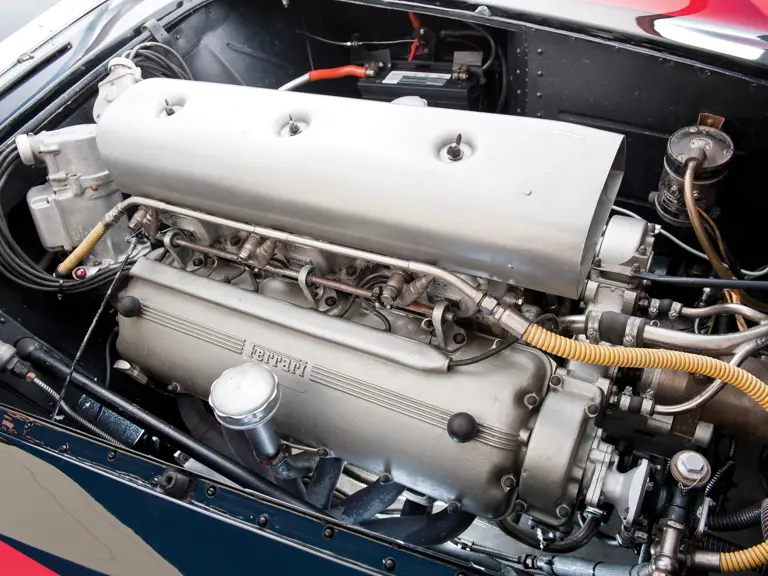
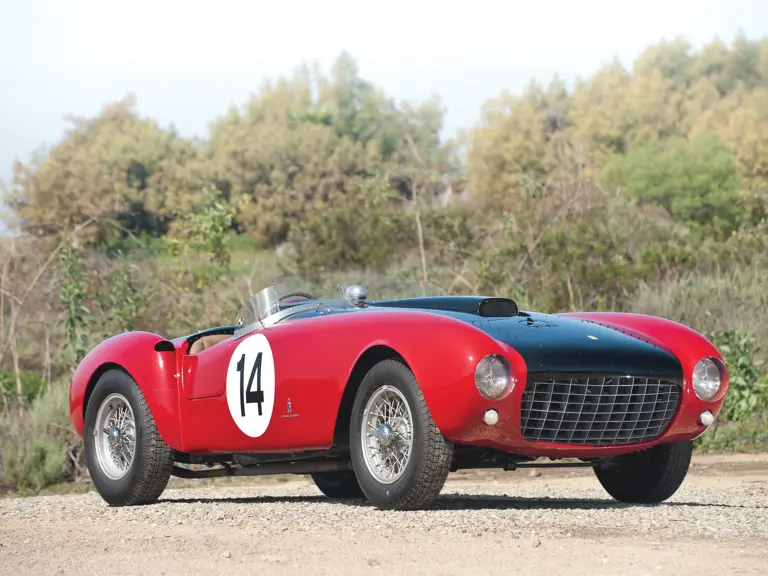
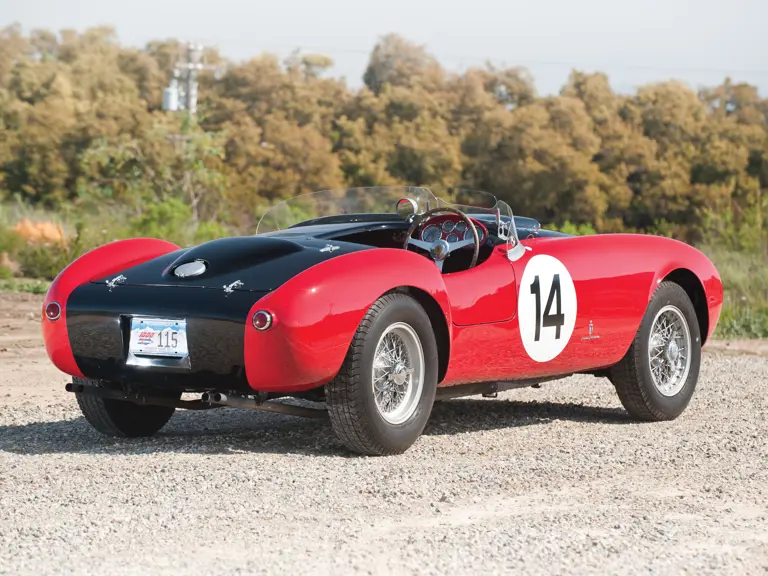
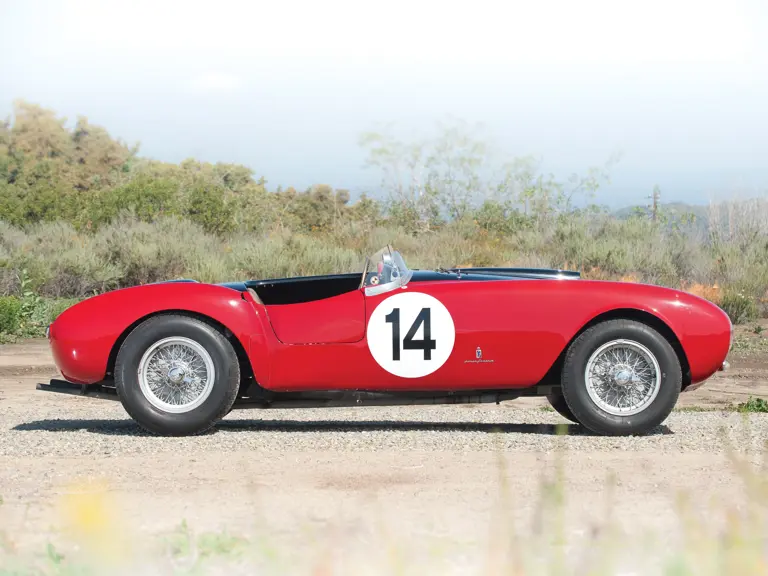
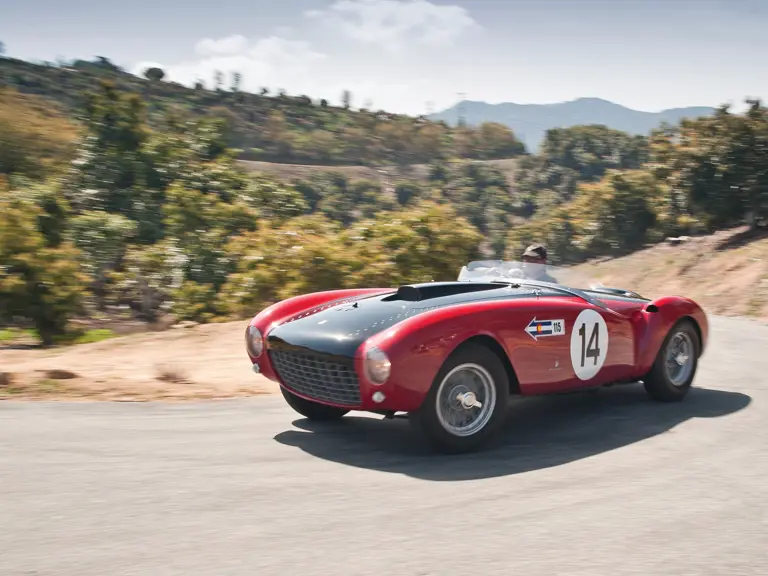
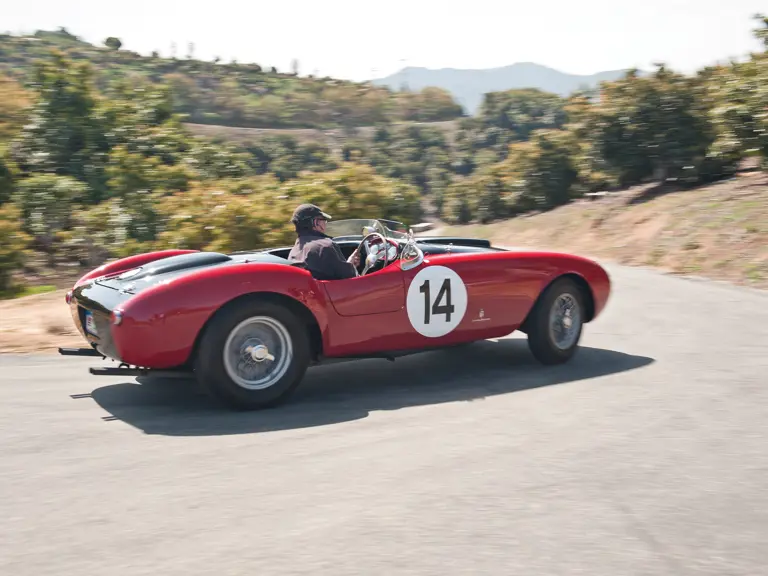

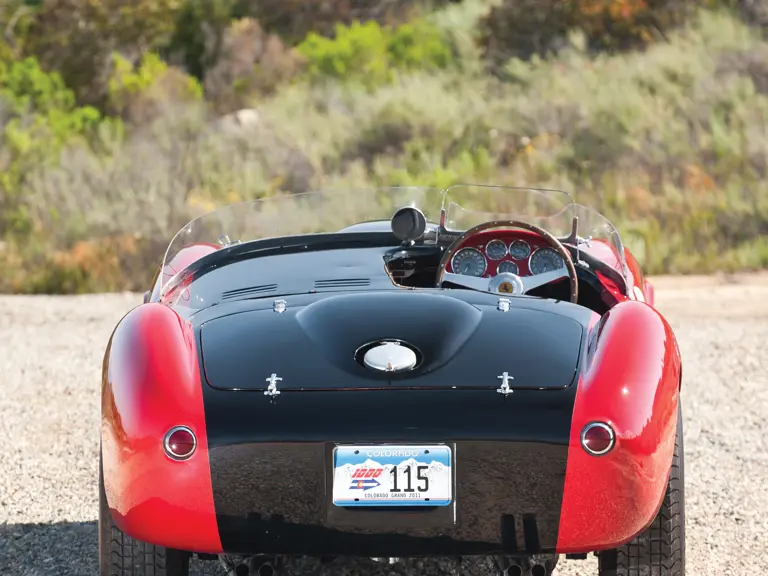
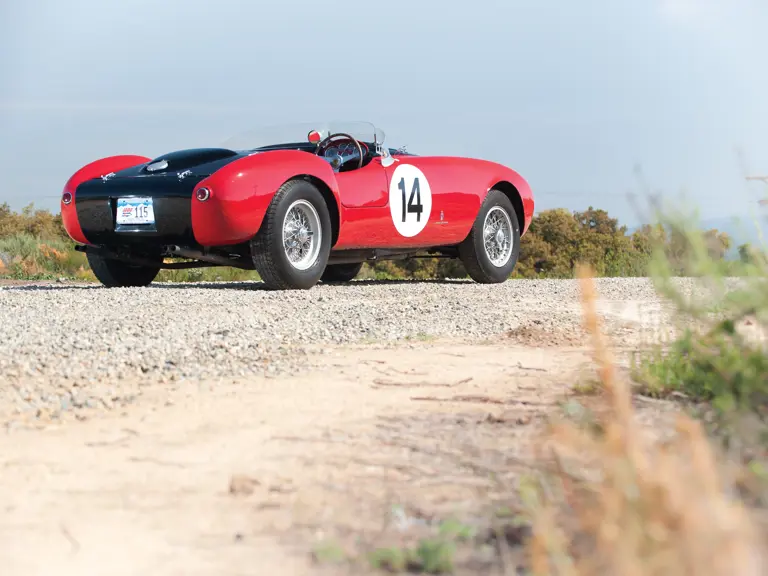
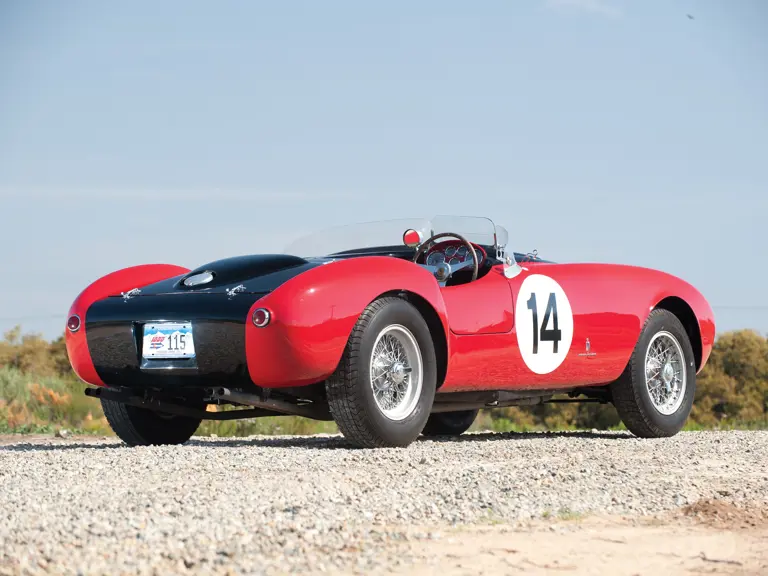
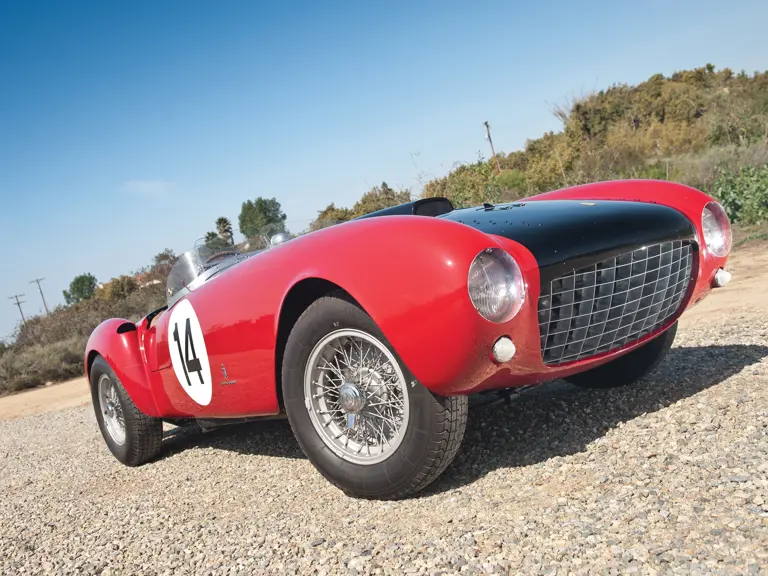
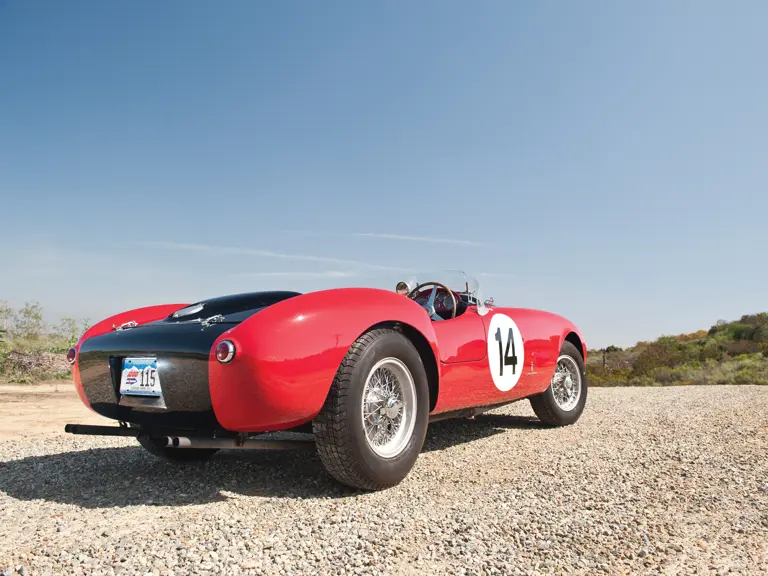
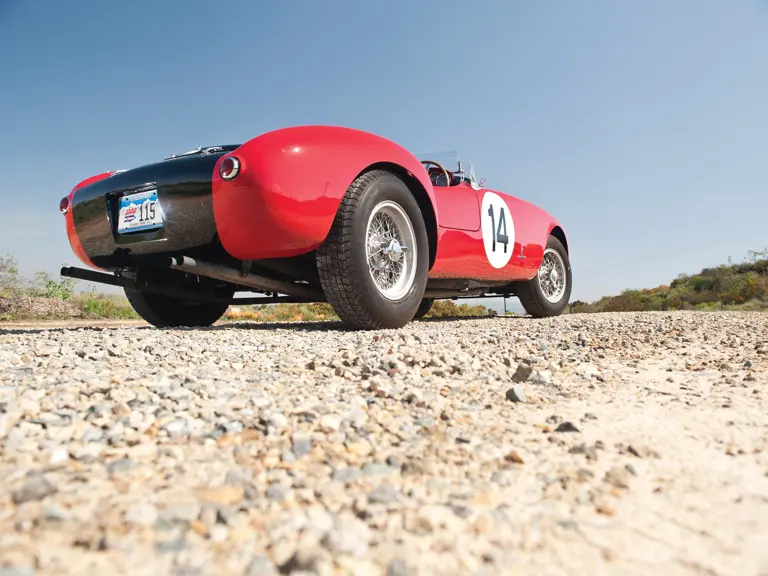
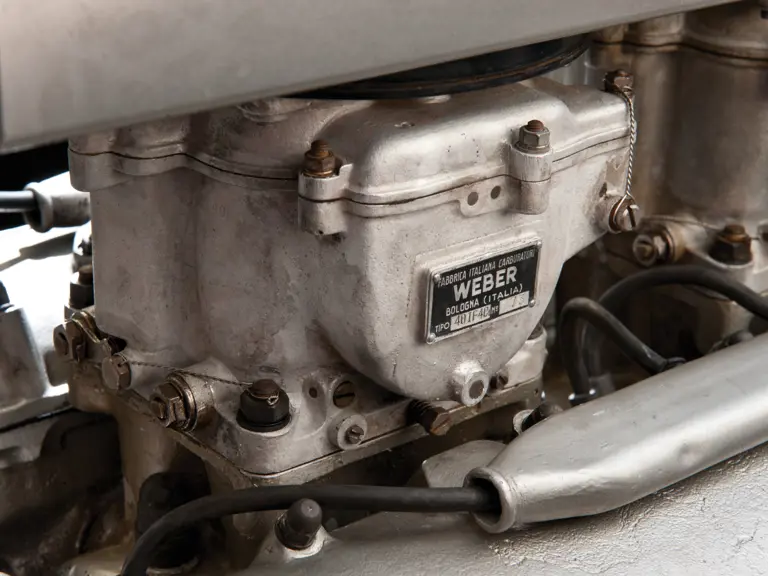

 | Monaco, Monaco
| Monaco, Monaco

